Dance music legend Moby has lived quite the life over his 50 years, going from suburban Connecticut kid to starving New York artist to internationally acclaimed superstar, and from a “vegan, sober, nonsexual God-botherer” into the kind of drinker whose quiet night out, as he puts it, would wind up “at 8am, with strangers in my house, bags of drugs, I’d had about 15 drinks, having sex with a complete stranger”.
Moby has now sat down to chronicle some of the best stories in his autobiography Porcelain (which is on sale now for $29.99 through Allen & Unwin – you can order a copy here), and after giving it a read, inthemix can confirm it’s one of the finest pieces of music writing in recent memory.
Moby sets up each chapter like an anecdote told drunkenly at a bar, and he’s got more than enough stories to go around, from being spat on by drag queen divas while having the time of his life at Tony Humphries seminal New Jersey house club Zanzibar, to making extra cash as a dominatrix’s assistant, and encounters with everyone from Miles Davis to Madonna.
We’ve picked out one of our favourite tales from Porcelain below: it’s 1990, Moby’s two years away from becoming a rave scene star with the release of Go, and he’s making money as the resident DJ at New York club Mars, a venue frequented by “gay black and Latino kids from the outer boroughs” and crack dealer gangs from the inner city. Read Moby’s tale below of how he was almost lynched by the gun-carrying crowd one night for a serious live turntablism error with Run-DMC.
Chapter 10: Quarters on Needles
By the summer of 1990 Mars had become a big hangout for rappers and drug dealers. The dealers would roll in, order bottles of champagne, and drunkenly throw crumpled $20 bills at the DJs to get them to play Audio Two’s Top Billin’ or Big Daddy Kane’s Raw. The dealers rolled in packs of ten or twenty, and they all carried guns, so these weren’t really requests and I never considered refusing. When their favourite songs came on the drug dealers put aside their bravado—for a few minutes, they’d turn into happy kids, singing along to Raw or Scenario.
Mars was also a hangout for gay black and Latino kids from the outer boroughs. They’d show up at ten thirty pm, dressed in light-weight clothes, and dance until we closed at four or five am. They loved the melodic house tracks of the day: A Promise, The Poem, Break 4 Love. When the dealers showed up and demanded hip-hop, the sweet outer-borough gay kids would look hurt and slightly defeated, but they understood. You didn’t say no to crack dealers on the street and you didn’t say no to crack dealers in a nightclub.
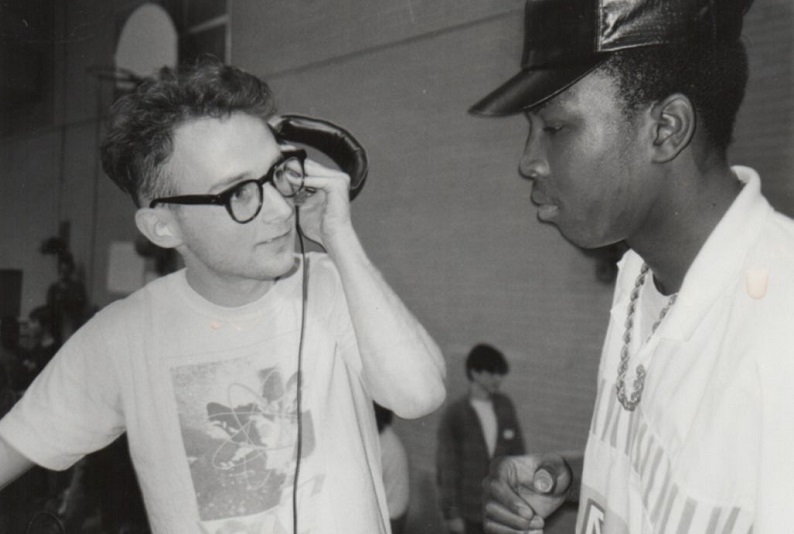
There were even a few songs that the crack dealers and the outer-borough gay kids agreed on: I’ll House You by the Jungle Brothers, Let It Roll by Doug Lazy, and pretty much anything by De La Soul. When the DJs played these songs there was relative dance-floor harmony.
One Friday at midnight I was on the second floor, spinning house records and hip-hop records, when suddenly I felt a frisson passing through the room. Terrance, the second-floor busboy, ran up to me, his eyes glowing, and shouted, “Yo, Moby, Kane is here.” I looked over at the bar: Big Daddy Kane was standing there, a glass of champagne in his hand, looking like a demigod. Kane and Rakim were the biggest stars in Manhattan; everyone played their records and revered them. Rakim might have been a slightly better rapper, but Kane was the reigning king.
In the previous few months I’d had visits in the DJ booth from the guys in 3rd Bass, De La Soul, and the Ultramagnetic MCs. They’d get drunk and get on the microphone as I played instrumental B-sides and they freestyled over them. I wanted to get Kane to rap over one of my tracks—I held up the microphone and tried to catch his eye. He just leaned against the bar with his fade and his linen suit, looking like a hip-hop Frank Sinatra, but cooler.
After thirty minutes Kane left, passing Joe and Darryl from Run-DMC as they walked in. I couldn’t believe my eyes. Here we were, mere mortals, witnessing three of the mightiest rappers in New York shaking hands and nodding in the doorway. Run-DMC were the biggest hip-hop stars on the planet, but by 1990 they weren’t nearly as esteemed among New Yorkers as Kane or Rakim or De La Soul. A few months earlier, though, they had put out a B-side called Pause, and it was re-storing some of the credibility they’d lost due to commercial success. Klark Kent played it, Duke of Denmark played it, Red Alert played it—the song was beloved and sanctioned.
Darryl marched over to the DJ booth and said, “Yo, boy, give me the mic!” I promptly obeyed. I had sampled the loop from The 900 Number on my sampler, so I played that and he started freestyling. Most MCs said the same things when they were freestyling—standard shtick, heavy on the “Oh shit!” and “Throw your hands in the air!”— but Darryl was unique. He had grown up freestyling, and his skills were flawless.
I segued into a loop of Funky Drummer, and he lost himself in the flow, getting better and better. The crowd was yelling, the crack dealers were dancing and waving champagne bottles in the air—even the sweet gay kids from Queens were smiling and excited. Then I played the instrumental of Pause and the crowd exploded— this was his hit. Darryl was sweating and he had a manic gleam in his eye while he rhymed. He was doing his parts from the record; the crowd was screaming and dancing; I was dancing myself; and then I bumped the turntable.
> > CLICK THROUGH FOR PAGE TWO
The post Read Moby’s account of his biggest DJing disaster that nearly got him killed appeared first on inthemix.


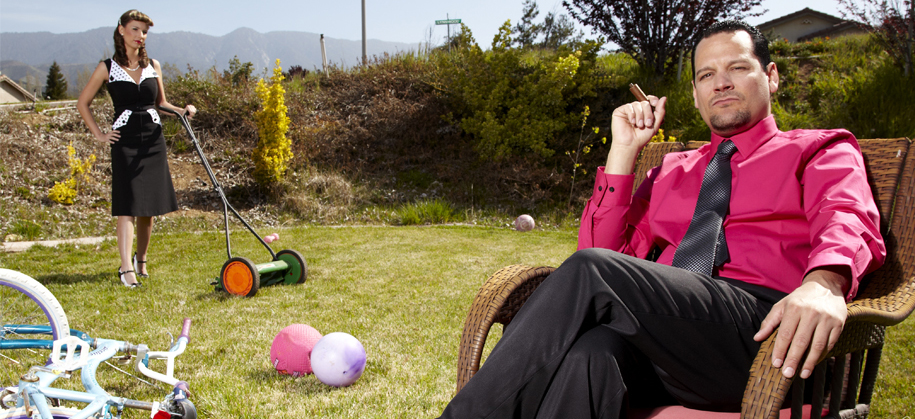
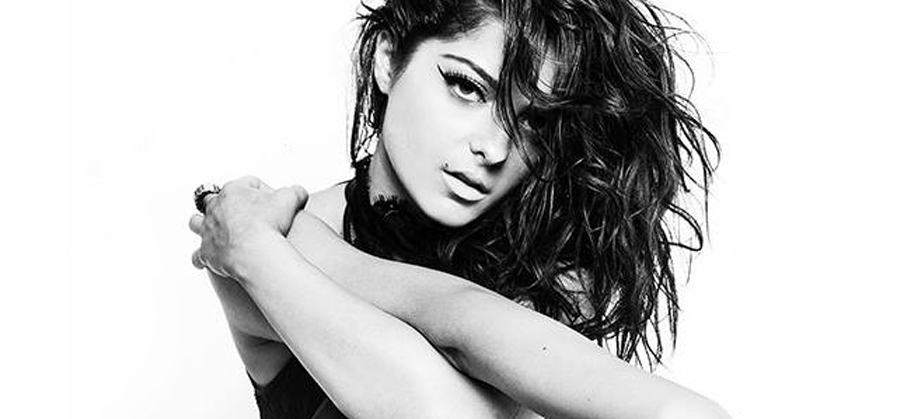
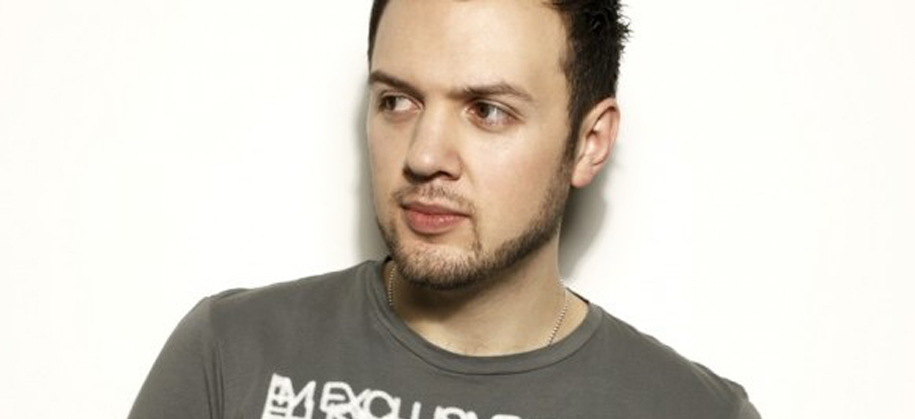
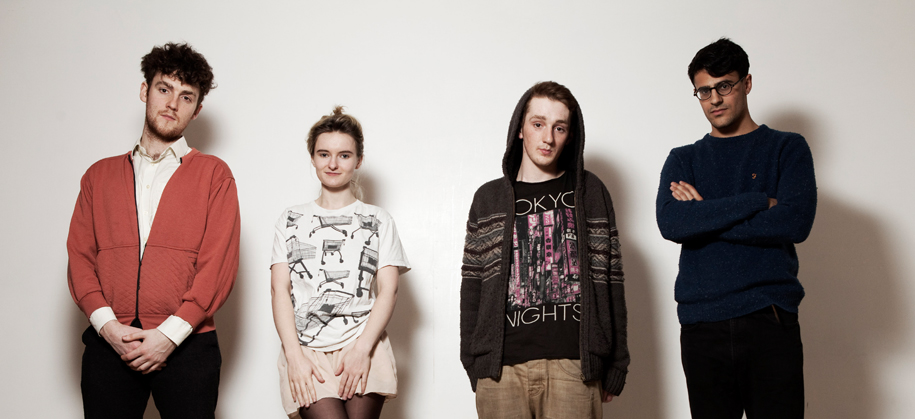

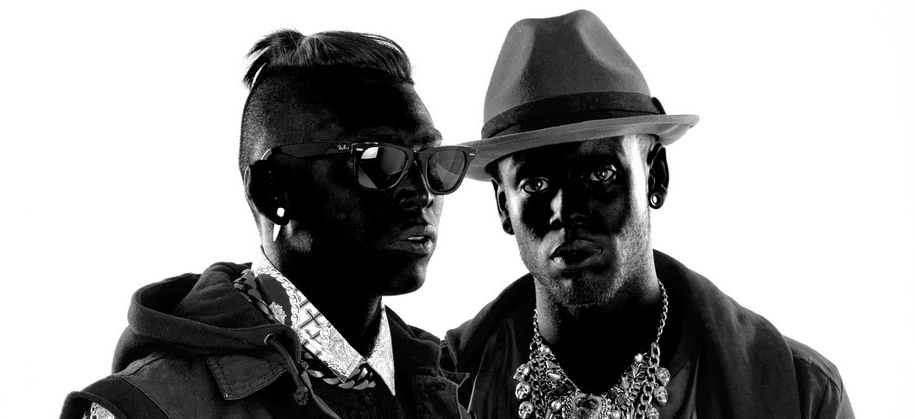
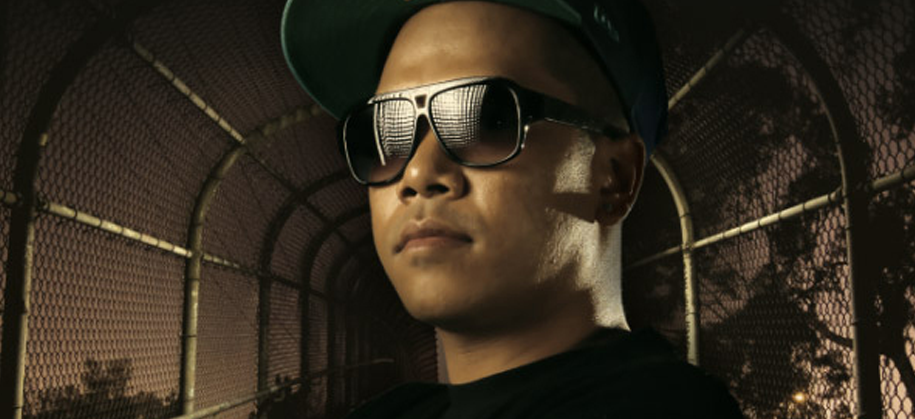
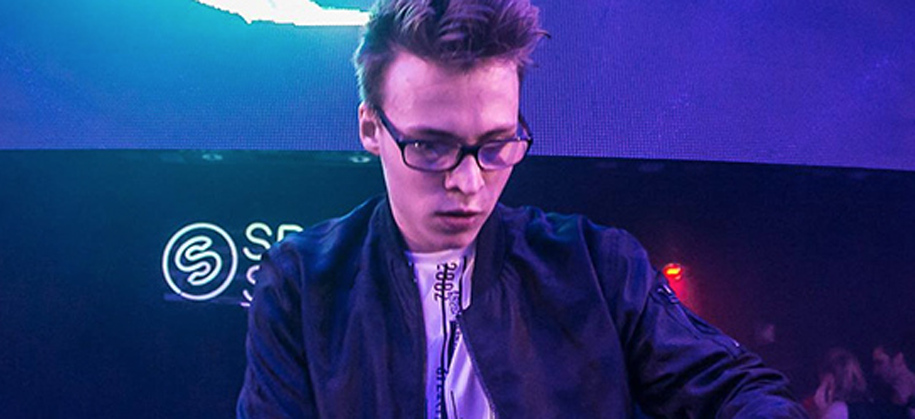
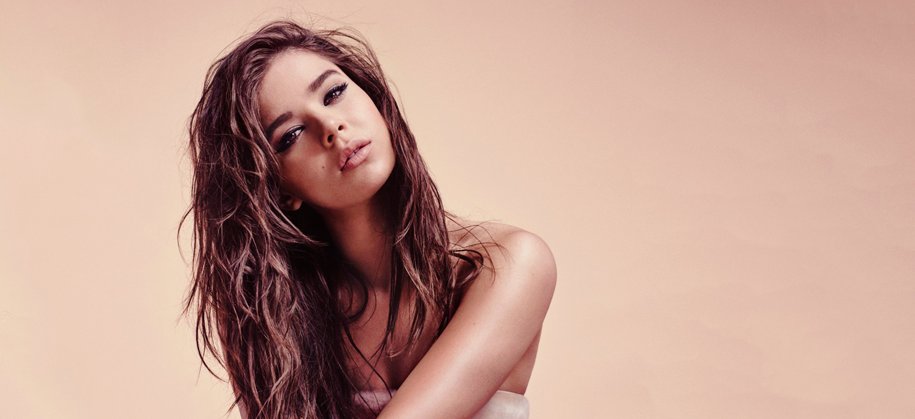
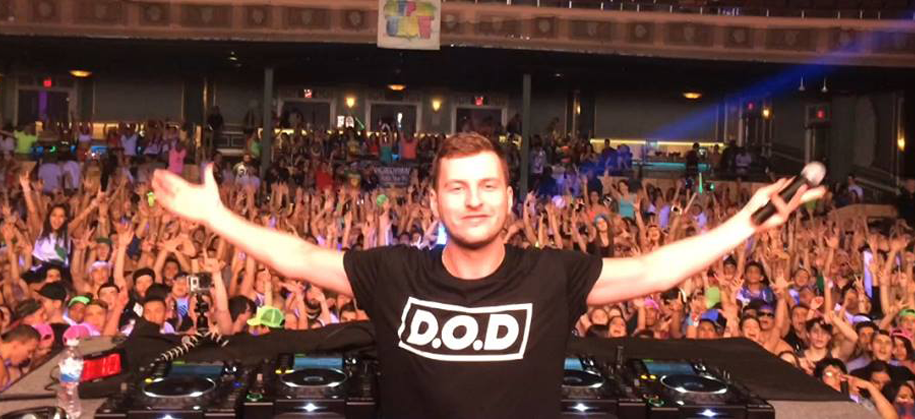
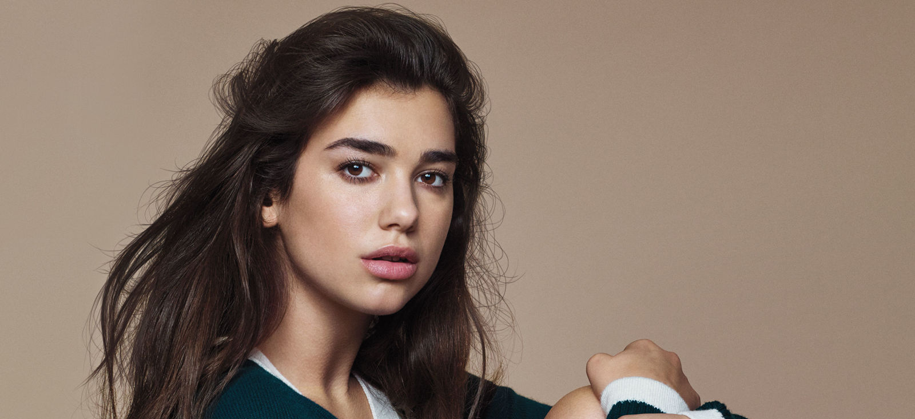
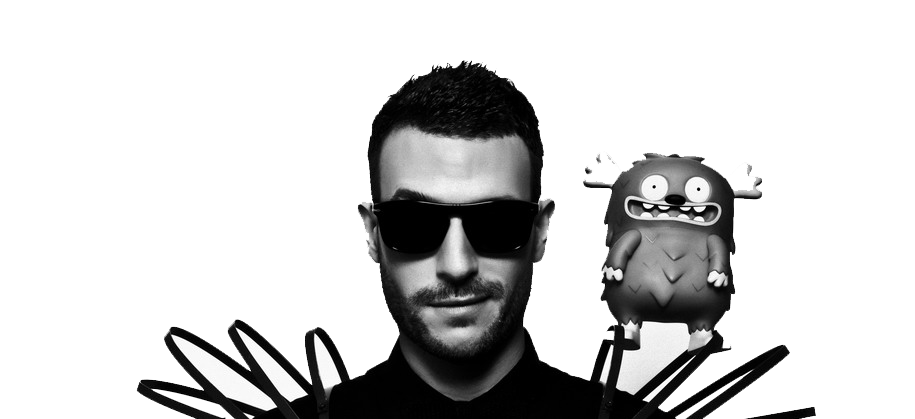
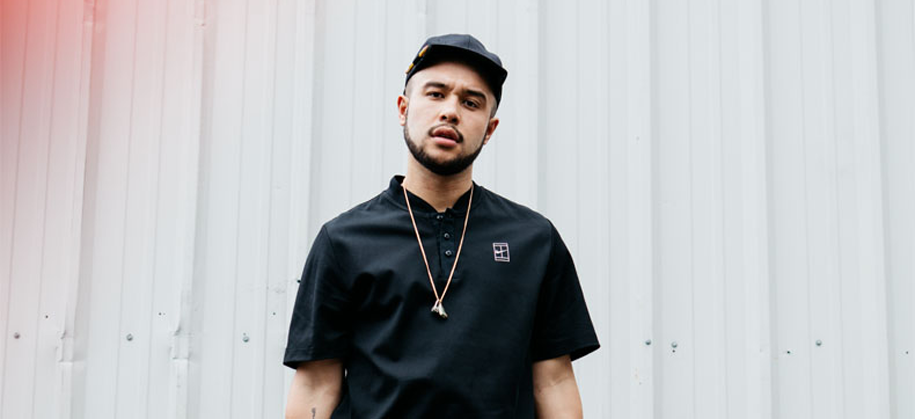
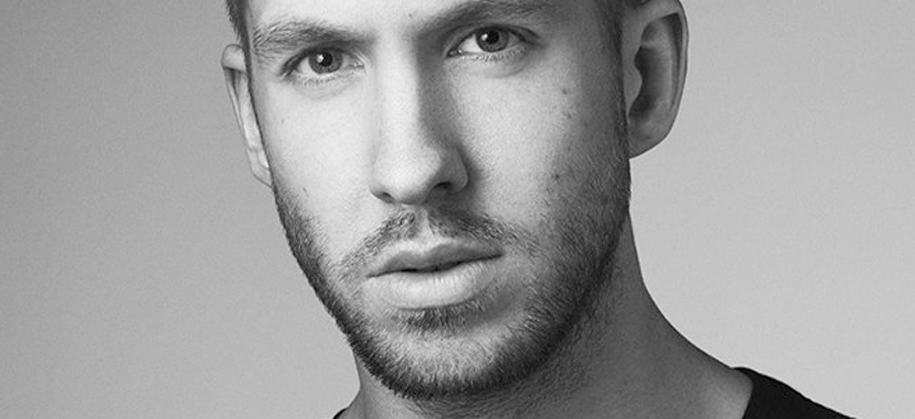
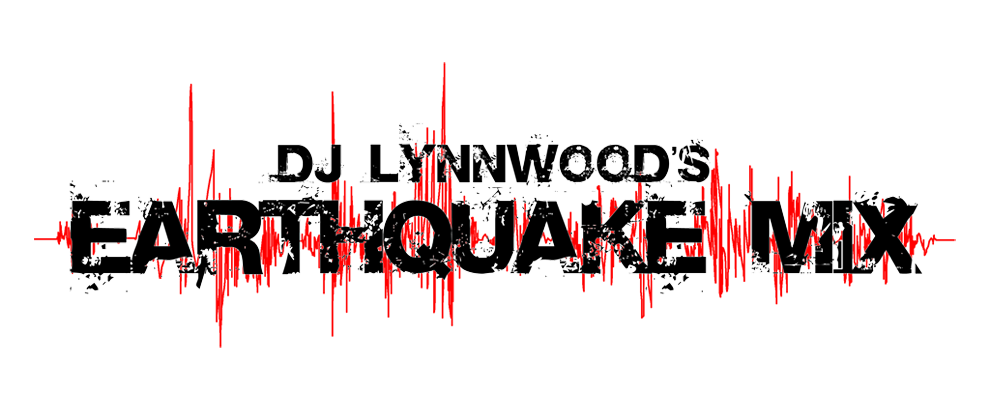
 Category:
Category: 
Earthquake Mix: